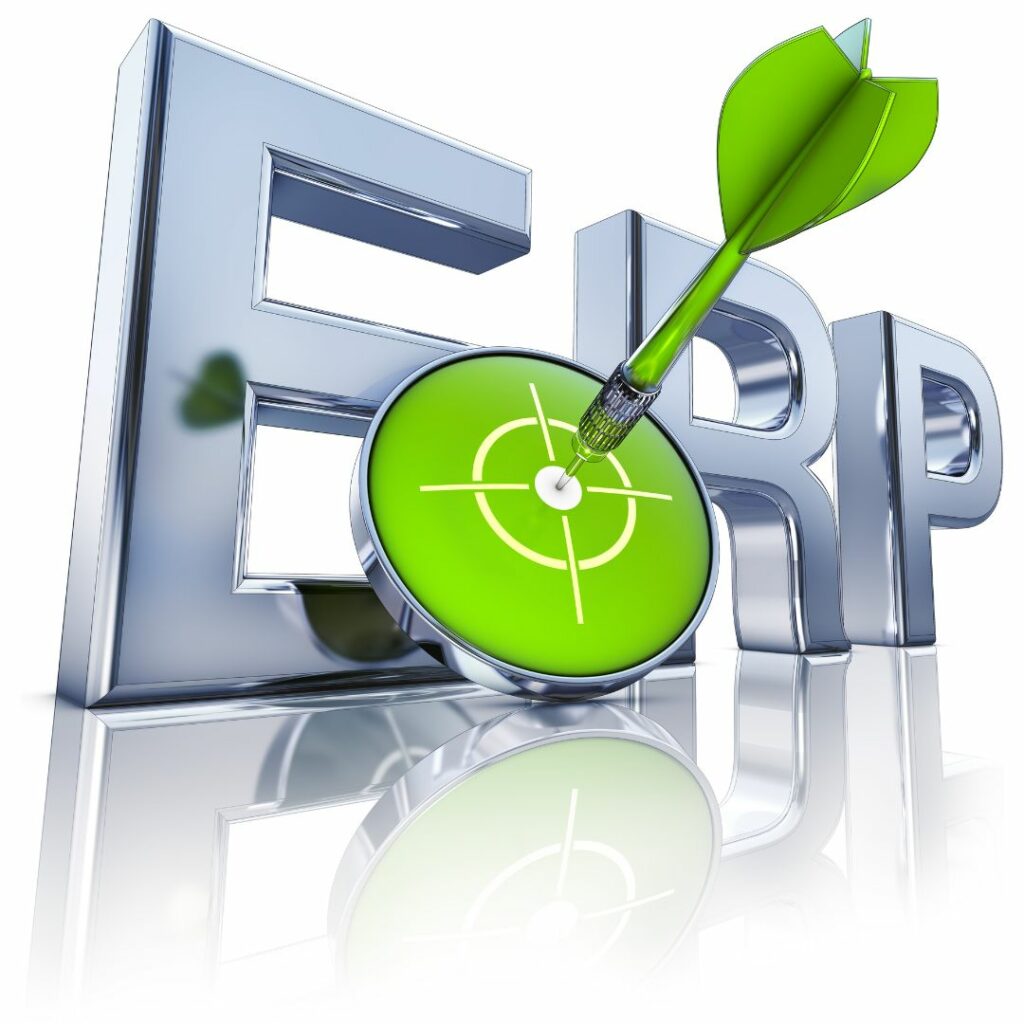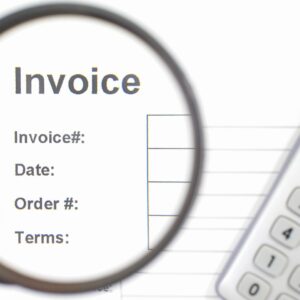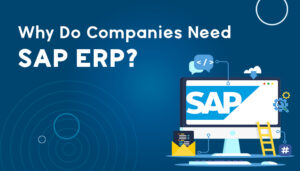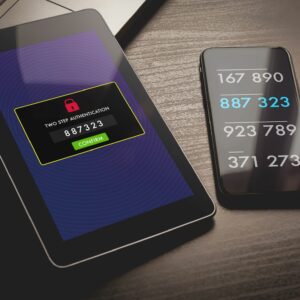
Implementing an Enterprise Resource Planning (ERP) system in your jewelry retail business is a strategic move that can drive efficiency, improve inventory management, and ultimately enhance profitability. This guide will walk you through the process step-by-step and highlight the essential features you should look for in ERP software tailored for jewelry retailers.
1. Understanding ERP for Jewelry Retail
ERP Overview: ERP systems integrate various functions of a business into a single unified system. For jewelry retail, this means consolidating operations such as inventory management, sales, customer relationship management (CRM), accounting, and more into one platform.
Why ERP for Jewelry Retail: Jewelry retail involves complex inventory management, customer engagement, and financial tracking. An ERP system can streamline these processes, providing real-time data and insights to make informed decisions.
2. Assessing Your Business Needs
Identify Pain Points: Start by identifying the challenges and inefficiencies in your current operations. This could include issues like inaccurate inventory tracking, poor customer management, or inefficient sales processes.
Set Objectives: Define what you want to achieve with the ERP implementation. Common objectives include improving inventory accuracy, enhancing customer experience, and streamlining operations to reduce costs.
Stakeholder Involvement: Engage key stakeholders, including employees from different departments, to gather insights and ensure their needs are addressed in the ERP solution.
3. Choosing the Right ERP Software

ERP Features for Jewelry Retail:
- Inventory Management: Look for features that offer real-time inventory tracking, automated reorder points, and integrated point-of-sale (POS) systems.
- Customer Relationship Management (CRM): Ensure the ERP includes robust CRM capabilities to manage customer data, track purchase history, and personalize marketing efforts.
- Sales and Order Management: The system should facilitate seamless sales processes, from order creation to fulfillment, and provide detailed sales analytics.
- Accounting and Financial Management: Integrated accounting features that manage invoices, payments, and financial reporting are crucial.
- Reporting and Analytics: Advanced reporting tools to generate insights on sales trends, inventory levels, and customer behavior.
Vendor Selection:
- Research and Shortlist: Research ERP vendors that specialize in jewelry retail and create a shortlist based on your business needs and budget.
- Demo and Trials: Request demonstrations and trial versions to evaluate the user interface, features, and ease of use.
- References and Reviews: Check reviews and seek references from other jewelry retailers who have implemented the ERP system.
4. Planning the Implementation
Project Planning: Develop a detailed project plan outlining the implementation timeline, key milestones, and responsible parties.
Data Migration: Plan for data migration, ensuring that existing data from your current systems is accurately transferred to the new ERP system.
Customization and Configuration: Work with your ERP vendor to customize the system to fit your specific business processes and workflows.
Integration: Ensure the ERP integrates seamlessly with other existing systems, such as your e-commerce platform, accounting software, and POS systems.
5. Training and Change Management
Training Programs: Develop comprehensive training programs for your employees to ensure they are proficient in using the new ERP system.
Change Management: Implement a change management strategy to address any resistance to the new system. Communicate the benefits and provide ongoing support to ease the transition.
User Acceptance Testing (UAT): Conduct UAT to ensure the system functions as expected and meets your business requirements.
6. Go-Live and Post-Implementation
Go-Live Preparation: Prepare for the go-live phase by ensuring all data is migrated, users are trained, and systems are tested.
Monitoring and Support: After the ERP system goes live, closely monitor its performance and provide immediate support to address any issues.
Continuous Improvement: Continuously gather feedback from users and make necessary adjustments to optimize the system’s performance.
Essential Features of ERP Software for Jewelry Retailers
- Real-Time Inventory Management:
- Automated stock tracking and alerts for low inventory levels.
- Integration with barcode scanning for accurate inventory updates.
- Detailed inventory reports for informed purchasing decisions.
- Integrated Point-of-Sale (POS) System:
- Seamless integration with in-store and online sales channels.
- Real-time synchronization of sales data with inventory and financial systems.
- Customer-facing displays and mobile POS options for enhanced customer experience.
- Customer Relationship Management (CRM):
- Centralized customer database with purchase history and preferences.
- Tools for personalized marketing campaigns and loyalty programs.
- Automated follow-up and customer engagement features.
- Order and Sales Management:
- Efficient order processing from creation to fulfillment.
- Sales analytics to track performance and identify trends.
- Integration with e-commerce platforms for streamlined online sales.
- Financial Management:
- Automated accounting processes, including invoicing, payments, and payroll.
- Comprehensive financial reporting and budgeting tools.
- Compliance with industry-specific financial regulations.
- Reporting and Analytics:
- Customizable dashboards for real-time insights into business performance.
- Advanced reporting tools for sales, inventory, and financial data.
- Predictive analytics to forecast trends and make proactive decisions.
- Security and Compliance:
- Robust data security measures to protect sensitive customer and financial information.
- Compliance with industry standards and regulations, such as GDPR.
- Regular updates and patches to ensure system security.
- Scalability and Flexibility:
- Scalable solutions that grow with your business.
- Flexibility to customize and configure the system according to evolving needs.
- Cloud-based options for remote access and reduced IT infrastructure costs.
Implementing an ERP system in your jewelry retail business is a transformative step towards achieving both profit maximization and wealth maximization. By following this step-by-step guide and ensuring your ERP software includes the essential features, you can streamline operations, improve customer satisfaction, and drive sustainable growth.
FAQs: Implementing ERP for Jewelry Retail
1. What is ERP, and why is it important for jewelry retail?
ERP (Enterprise Resource Planning) is a software system that integrates various business processes into a unified system. For jewelry retail, ERP is important because it streamlines operations, improves inventory management, enhances customer relationship management (CRM), and provides real-time data for better decision-making.
2. How does an ERP system help in profit maximization for jewelry retailers?
An ERP system helps in profit maximization by automating and optimizing business processes, reducing operational costs, improving inventory accuracy, enhancing customer service, and providing detailed analytics to identify and capitalize on profitable opportunities.
3. What features should I look for in an ERP system for my jewelry retail business?
Key features to look for include:
- Real-time inventory management
- Integrated point-of-sale (POS) system
- Robust customer relationship management (CRM)
- Efficient order and sales management
- Comprehensive financial management
- Advanced reporting and analytics
- Security and compliance measures
- Scalability and flexibility
4. How do I choose the right ERP vendor for my jewelry retail business?
To choose the right ERP vendor:
- Research and create a shortlist of vendors specializing in jewelry retail.
- Request demonstrations and trial versions.
- Evaluate the user interface, features, and ease of use.
- Check reviews and seek references from other jewelry retailers who have implemented the ERP system.
5. What are the steps involved in implementing an ERP system in my jewelry retail business?
Steps include:
- Assessing your business needs
- Choosing the right ERP software
- Planning the implementation
- Data migration
- Customization and configuration
- Integration with existing systems
- Training and change management
- User acceptance testing (UAT)
- Go-live preparation and monitoring
- Continuous improvement and support
6. How long does it take to implement an ERP system in a jewelry retail business?
The implementation timeline can vary depending on the complexity of your business processes, the size of your business, and the specific ERP system chosen. Generally, it can take anywhere from a few months to a year.
7. How can I ensure a smooth transition to the new ERP system?
Ensure a smooth transition by:
- Developing a detailed project plan
- Engaging stakeholders and getting their buy-in
- Providing comprehensive training for employees
- Implementing a change management strategy
- Conducting thorough testing before the go-live phase
- Offering ongoing support post-implementation
8. What are the common challenges in implementing an ERP system, and how can they be overcome?
Common challenges include:
- Resistance to change: Address through effective change management and communication.
- Data migration issues: Ensure accurate data transfer with thorough planning and testing.
- Insufficient training: Provide comprehensive training and continuous learning opportunities.
- Integration problems: Choose an ERP system that integrates well with your existing systems and processes.
9. How does an ERP system improve inventory management in jewelry retail?
An ERP system improves inventory management by providing real-time tracking of inventory levels, automating reorder points, reducing stockouts and overstock situations, and integrating with POS systems for accurate inventory updates.
10. Can an ERP system help with customer relationship management (CRM) in jewelry retail?
Yes, an ERP system can enhance CRM by centralizing customer data, tracking purchase history and preferences, personalizing marketing efforts, and automating follow-up and engagement activities to build stronger customer relationships.













